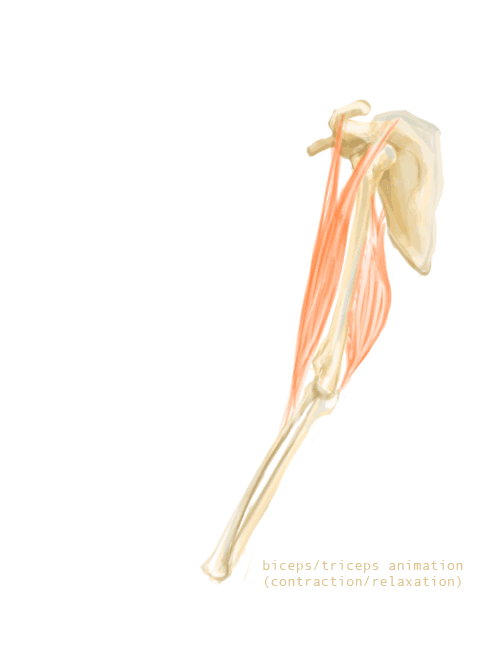Note that your final mark will not be saved in the system.
Muscular System GapFill
You must fill all the gaps before clicking ‘Check Answers!’

Skeletal muscles do not work individually to cause movement during sport and physical activity; they work in pairs. To put this simply, as one muscle in a pair contracts, the other .
The is the term given to the primary 'instigator' of a joint movement. The contraction of this 'instigator' causes movement at the articulating joint. The is the term given to the muscle which opposes the motion of its paired 'instigator'.
Let's explore these muscle terms further with some sporting examples. Firstly, the hamstring and quadriceps are an example of an antagonistic muscle pair. During at the knee joint (e.g. when pulling the leg back in preparation to kick a ball), the hamstring acts as the muscle, while the quadriceps acts as the muscle. However, they reverse roles when the leg extends (e.g. to kick a ball).
The biceps and triceps are another example of an antagonistic muscle pair. During at the elbow (e.g. upwards phase of a biceps curl), the biceps acts as the , contracting to reduce the angle between the upper arm and lower arm and lift the weight, while the acts as the antagonist. However, in this example, when lowering the weight in a controlled way the biceps still acts as the agonist, otherwise the weight would come down too quickly.
Other examples of antagonistic pairs include:
- the gastrocnemius and during plantar flexion / dorsiflexion at the ankle
- the hip flexors and during flexion/extension at the hip
is a connective tissue which joins muscle to bone and causes the movement at the joint when the muscle contracts and instigates movement.